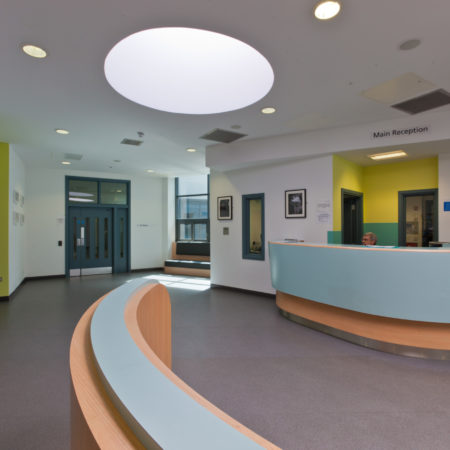Is It Time To Update How We Define Quality For New Healthcare Buildings?
Building to a specification for an agreed price was maybe an acceptable outcome for healthcare construction projects in the past. But the world has moved on. Demands and expectations from the healthcare estate are much higher today. There are certainly more choices available over how projects are planned and completed.
While all of this adds a level of complexity to the procurement process it’s good news for anybody commissioning new healthcare facilities. From complete new hospitals to extensions to GP surgeries to accommodate a wider choice of treatments and consultations, the focus is shifting to faster delivery and better quality.
In healthcare terms, this means people will get the treatment they need sooner and that proportionately more cash will go into delivering services rather than maintaining and repairing facilities.
Updated Procurement Priorities
Questions that might have played a minor role in the procurement process in the past now have a much higher priority. In many ways, delivering to the spec and within budget should be a given when modern construction methods are deployed by contractors who understand how to apply them.
Key questions for procurement of new health facilities now include the assurances contractors can provide over completion dates, and how they will ensure a smooth handover of new facilities and reduce ongoing maintenance costs.
Answers to all of these lines of enquiry lie in the construction methods chosen and the experience of contractors in deploying them efficiently. Osborne has, for example, delivered over 50 schemes using Structural Insulated Panels (SIPs) in addition to other modular techniques.
Healthy Healthcare Buildings
There’s also a broader definition of quality to be considered. For example energy efficiency, net zero carbon and creating a healthier building for patients and staff. Healthcare facilities are unique in many ways. Harsh chemicals, cleaning agents and drugs to combat infectious disease are unique environmental risks.
Creating a healthy building that can remove solvents and other airborne risks efficiently is part of the quality equation. With innovative building methods and better integration of the design and build phases, we can meet these objectives without a cost penalty.
Better quality buildings mean a more resilient health service. Offsite construction is already the preferred option for many projects but it’s not just about the technology. It’s how that technology is applied to deliver the maximum possible benefit in terms of faster delivery, better quality and reduced whole-life costs.
Find out more about how Osborne meets these objectives by visiting our healthcare construction resource centre. Or contact Richard King ([email protected]).

